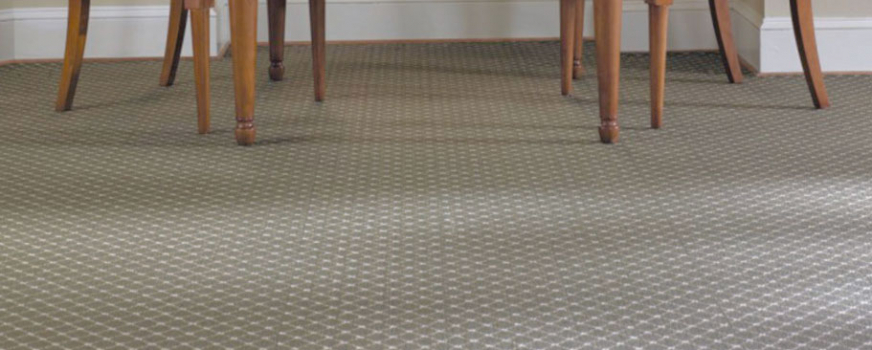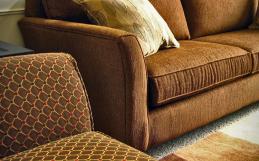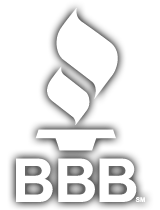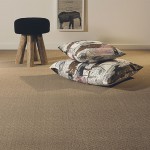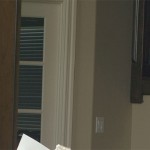(Updated 7/20/2020)
Before all of the action starts in Die Hard, the hero of the movie is digging into the carpeting with his toes, remarking how good it feels. And while we don’t expect to fight off terrorist organizations, nothing says “home” like taking our shoes off and walking on a soft carpet.
From wool carpets to nylon, family rooms to living rooms, and cut pile to loop pile, carpeting is the most popular residential floor covering by far. While we wouldn’t recommend it in the kitchen or bathroom, carpeting can muffle sound, keep the house warmer, and provide a safer walking surface.
For the most part, carpeting comes in two overall types: Cut Pile and Loop Pile. As the names imply, cut pile carpeting means the materials underfoot have been cut, so the ends stand up. Loop pile carpeting has not been cut, so instead of ends, you see loops.
That being said, both types of carpeting come in a variety of materials, face weights, density, and other facets for different applications. A conference room with lots of foot traffic will call for something completely different than what you may have in your master bedroom.
Cut Pile Carpet
Cut piles are a good choice for homes instead of a business setting because it can be lusher than loop pile carpeting. They do a good job of hiding dirt (depending on the color or carpet fiber height), are easier to maintain, and easy to clean.
Plush carpet is a great wall-to-wall carpet for your home. It’s very versatile and holds up well to high traffic areas in a busy household.
Frieze carpet usually has a long curled texture. It helps to reduce footprints and vacuum marks. It too is good in a whole house application. Taken to the extreme, it would be considered shag carpentry so popular in the 70s. Although it’s still popular, it often isn’t that long, has a thicker look, and some refer to it as “twist” carpeting.
Plush (Velvet) carpet shows footprints and vacuum marks easily but has a very soft and thick feel. It’s best for low traffic areas.
Loop Pile Carpet
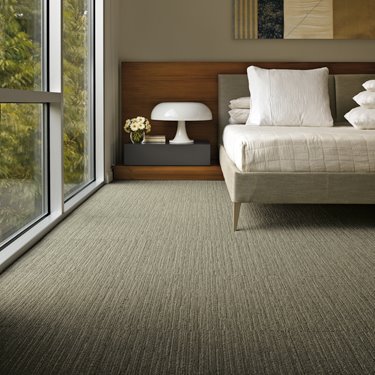
The second type of carpet is Loop Pile carpet or more commonly known as Berber. Loop Pile requires a lot of regular vacuuming and a professional cleaning to maintain a good appearance.
On the flip side, it is extremely durable and when properly maintained it can last a long time. “Patterned loop” is similar to the Loop pile but with different lengths and heights of fiber. This creates patterns, swirls, chevrons, shapes in the appearance of the carpet.
Cut and Loop Carpet
As the name suggests, this type of carpeting consists of a combination of both cut and loop styles. This carpet requires regular vacuuming and professional cleaning like a standard Berber and also is used in creating texture or patterns in the carpet. It can be made of the same materials as the other two styles.
Carpet Fibers
More than 95 percent of carpeting uses some kind of synthetic material. The remaining carpets are made from natural fibers, such as wool. Synthetic fibers are much less expensive and can be made to resist stains. On the other hand, natural fibers tend to keep their shape better.
Nylon: A very popular choice because of its strength, nylon also keeps its shape and is easy to clean. A good mid-level material, it won’t be as expensive as natural fibers, but more expensive than polyester. Nylon can be found in residential as well as commercial situations.
Polyester: Although it is comfortable underfoot and is resistant to stains or abrasions, polyester has a hard time keeping its shape in heavy traffic. One of the less expensive materials, it is prone to clumping and fading.
Acrylic: Considered the “synthetic” wool, it holds many of the same characteristics of its natural brethren. It won’t fade as much as wool, but it isn’t as durable and won’t stand up to heavy foot traffic.
Olefin: Becoming more and more popular in commercial situations, olefin is durable, water-resistant, and won’t fade over time. Originally used in sports stadiums, it has effortlessly made the transition to more day-to-day uses. Relatively inexpensive, it can fall victim to crushing or matting.
Wool: The only natural fiber on this list, wool is the Cadillac of materials. As such, it also tops the price range for carpet materials. Soft to the touch, adept at hiding dirt, and quite durable, wool is the most comfortable option. However, as a natural material, it needs to be maintained and might fall victim to pests that feed on wool.
When Choosing a Carpet
Much like taking a car for a test drive, it’s important to actually feel the carpet before buying. With the variety of styles of carpet and differences between manufacturers, you’ll want to make sure it’s something you’ll be comfortable with. Because once the carpet is installed, you’ll be stuck with it!
Think about upkeep as well, although this may have more to do with the color of the carpet more than anything. Do you have pets? Throw a lot of parties? When the occasional accident (pet pee, a spilled glass of wine, and so on) happens, are you one to act fast or deal with it later?
For high traffic applications, such as a lobby for a busy office building, you may want to consider carpet tiles. If the carpeting becomes damaged, it’s much easier to remove a single tile and replace it than trying to blend in new cut or pile carpeting.
Another bright spot: no carpet padding is needed when installing carpet tiles. Although the floor does need to be level and clean before using the carpet tile adhesive. Tiles can come in cut and loop piles, although loop makes more sense for the day-to-day wear and tear.
Whichever style you choose, remember that weekly vacuuming and professional cleaning (once a year minimum) are the most important things you can do in extending the life of your carpets. Contact My Heaven’s Best today for more information about our carpet cleaning services.
